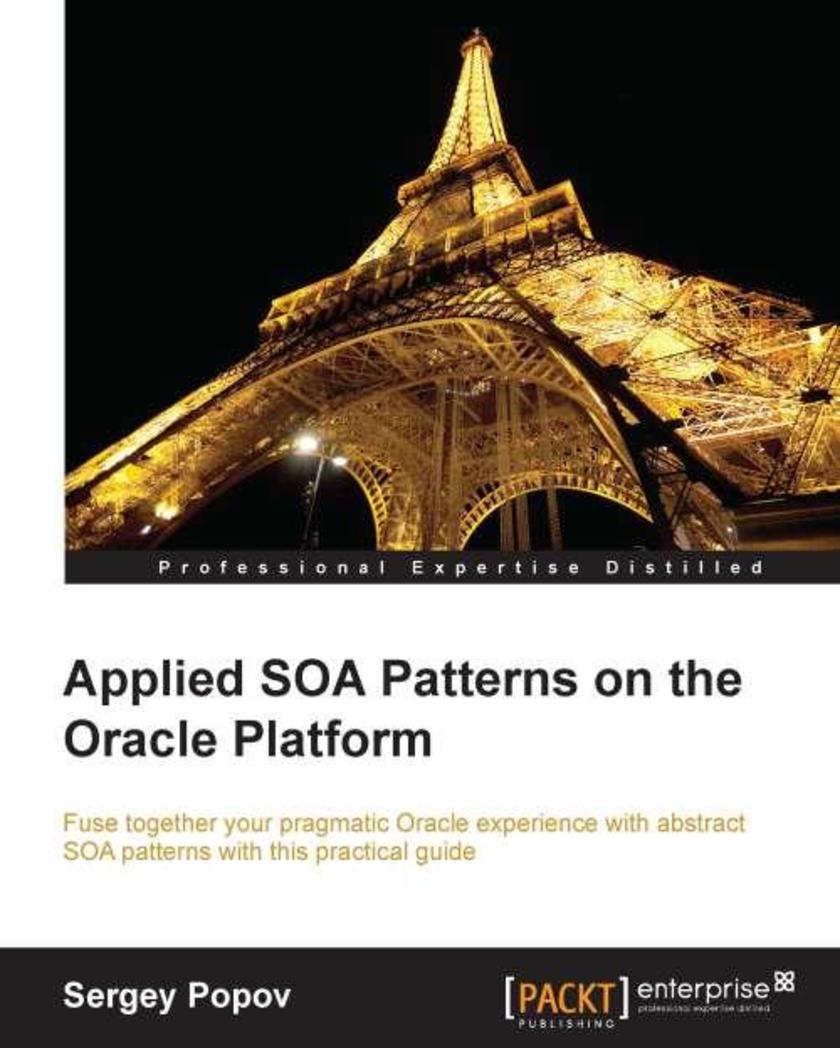
Applied SOA Patterns on the Oracle Platform
¥107.90
Applied SOA Patterns on the Oracle Platform is aimed at architects practicing SOA or traditional integration, and also at technical team leaders implementing Oracle Fusion under SCRUM or WF methodology.
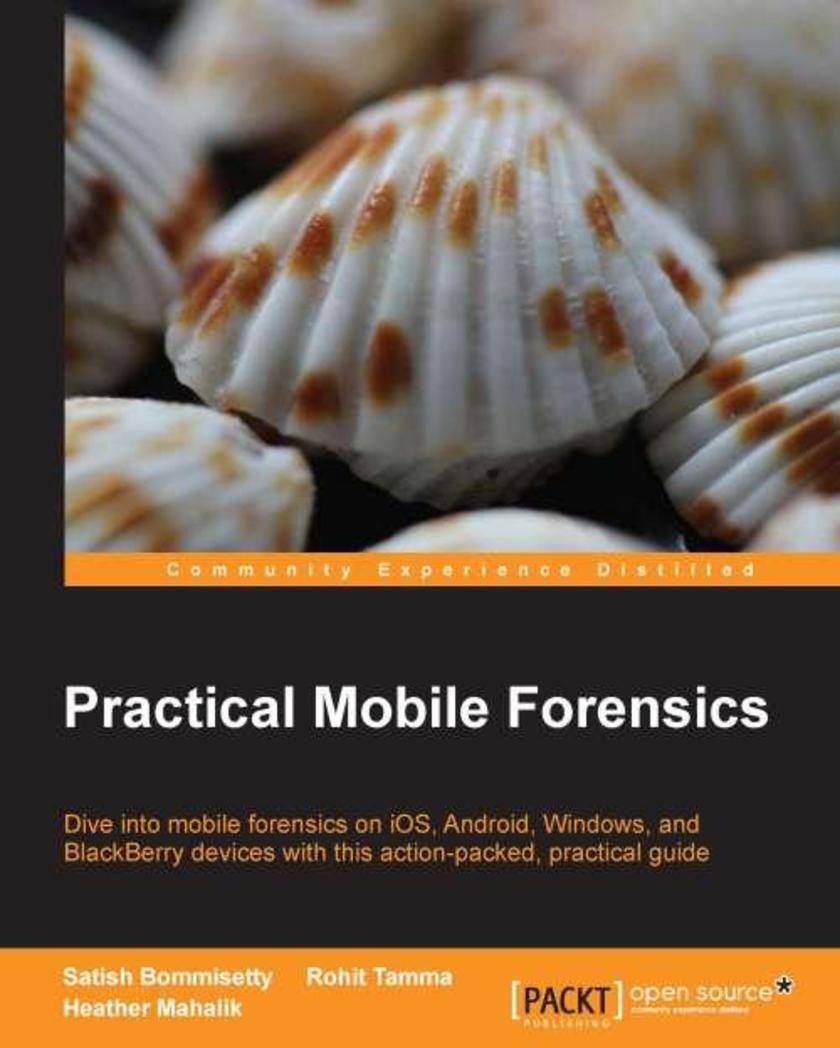
Practical Mobile Forensics
¥107.90
The book is an easy-to-follow guide with clear instructions on various mobile forensic techniques. The chapters and the topics within are structured for a smooth learning curve, which will swiftly empower you to master mobile forensics. If you are a budding forensic analyst, consultant, engineer, or a forensic professional wanting to expand your skillset, this is the book for you. The book will also be beneficial to those with an interest in mobile forensics or wanting to find data lost on mobile devices. It will be helpful to be familiar with forensics in general but no prior experience is required to follow this book.
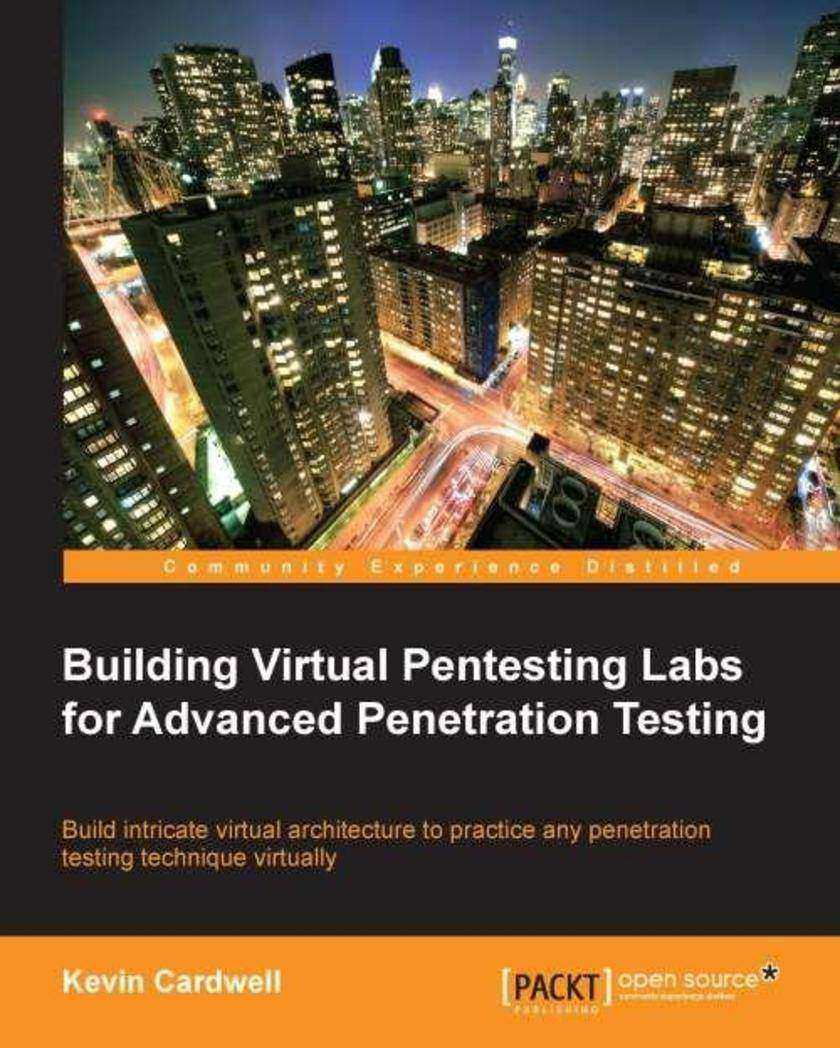
Building Virtual Pentesting Labs for Advanced Penetration Testing
¥107.90
Written in an easy-to-follow approach using hands-on examples, this book helps you create virtual environments for advanced penetration testing, enabling you to build a multi-layered architecture to include firewalls, IDS/IPS, web application firewalls, and endpoint protection, which is essential in the penetration testing world.If you are a penetration tester, security consultant, security test engineer, or analyst who wants to practice and perfect penetration testing skills by building virtual pentesting labs in varying industry scenarios, this is the book for you. This book is ideal if you want to build and enhance your existing pentesting methods and skills. Basic knowledge of network security features is expected along with web application testing experience.
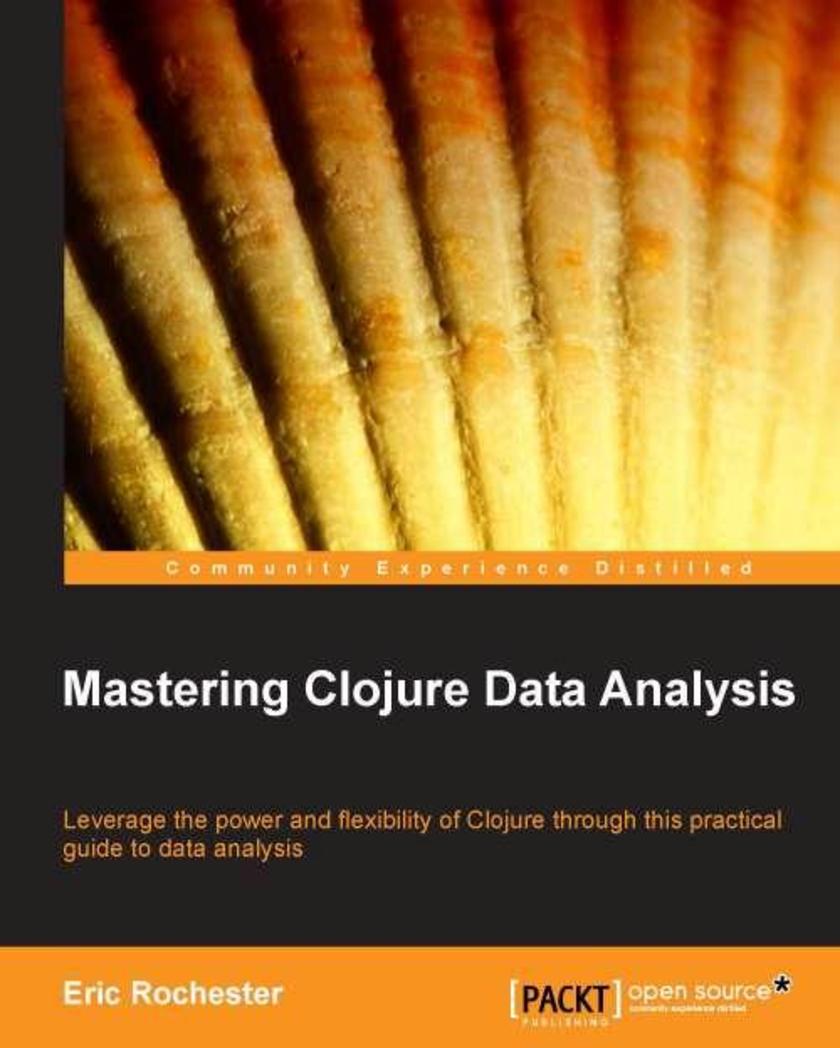
Mastering Clojure Data Analysis
¥107.90
This book consists of a practical, exampleoriented approach that aims to help you learn how to use Clojure for data analysis quickly and efficiently. This book is great for those who have experience with Clojure and need to use it to perform data analysis. This book will also be hugely beneficial for readers with basic experience in data analysis and statistics.

Microsoft Dynamics GP 2010 Cookbook
¥107.90
As a cookbook, this book enables you to solve real-world Dynamics GP problems with immediately useable recipes that unleash the powerful functionality of Dynamics GP. The book provides tips, techniques, and solutions designed to show users how to improve their use of Dynamics GP, not simply perform basic tasks. If you are a Dynamics GP user or Dynamics GP partner primarily focused on delivering time-proven application optimizations, then this book is for you. This book assumes that you have a basic understanding of business management systems, with basic knowledge of Microsoft Dynamics GP. All the recipes are real-world tested and designed to be used immediately.
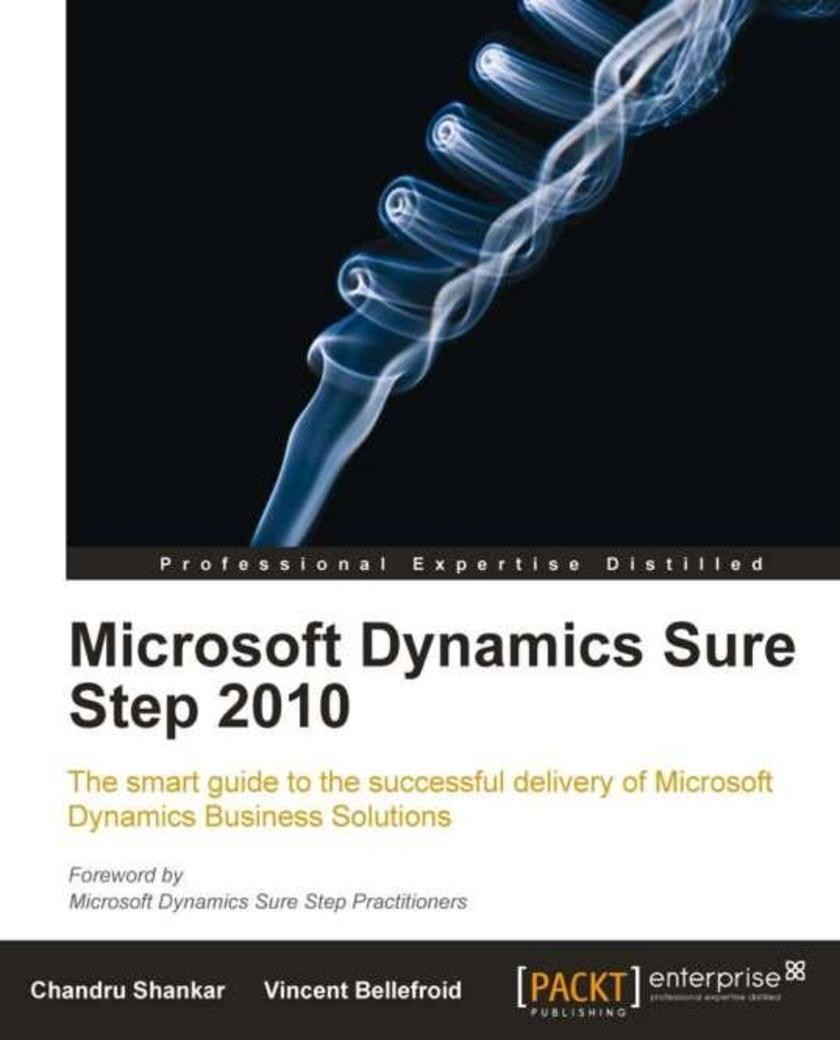
Microsoft Dynamics Sure Step 2010
¥107.90
A focused tutorial, this book is much more than just another step-by-step guide into project management. This book shows you how to implement Microsoft Dynamics Sure Step business solutions, with Microsoft Dynamics Sure Step providing the basis. This book will also help you to plan, align, and orchestrate your sales activities. It will orient you to tactics required to be efficient, proactive, goal driven and flexible in your Microsoft Dynamics engagements. If you are a Dynamics consultant, developer, or in a customer resources or sales role that requires guidance and knowledge of the ERP/CRM business solutions space or to deliver business solutions that meet or exceed the expectations of your organization, then this book is ideal for you.
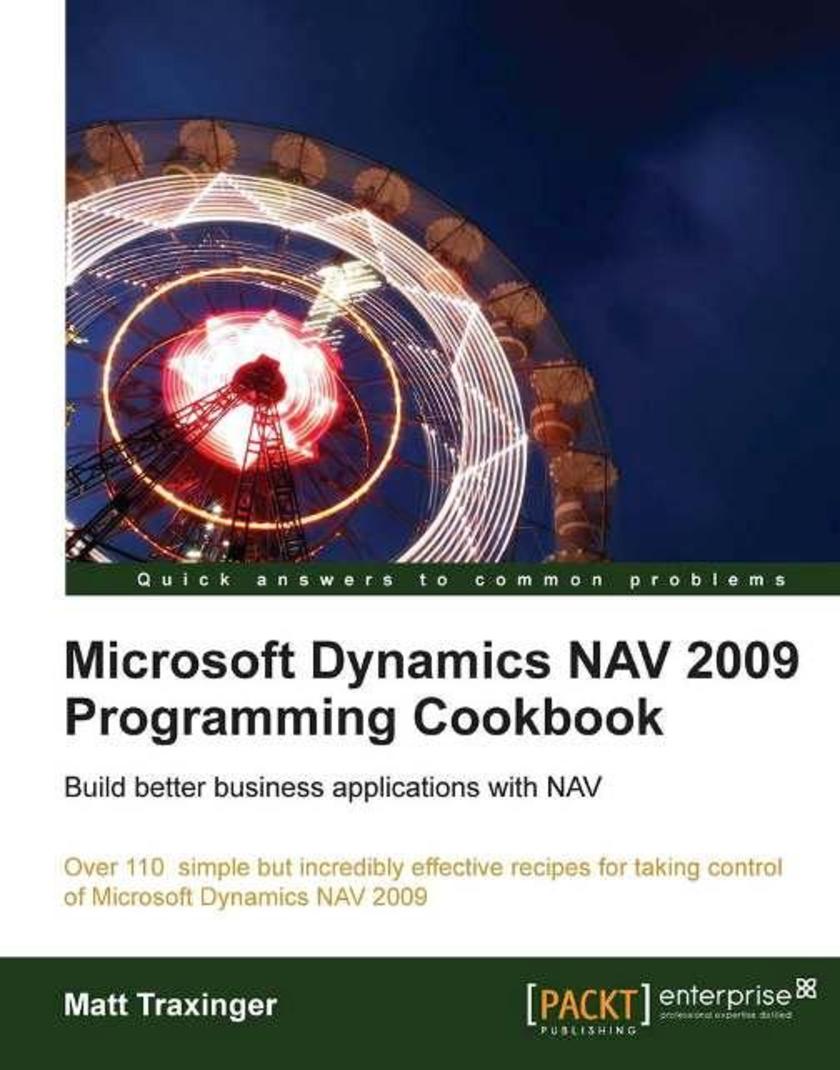
Microsoft Dynamics NAV 2009 Programming Cookbook
¥107.90
You won't find any fluff here. This book is written in a direct, to-the-point style to help you get what you need and continue working in NAV. At the same time it provides enough explanation so that you understand what we are doing and why it is necessary. In many programming books you will find yourself searching through paragraph after paragraph to try to find what you are looking for. That's not the case here. Each recipe starts with a short de*ion of what it will teach. It is immediately followed with directions, usually with illustrations, of how to perform the task. You will find the explanation of the code at the end, along with some advice for further reading or other tasks you might be interested in. If you are a junior / entry-level NAV developer then the first half of the book is designed primarily for you. You may or may not have any experience programming. It focuses on the basics of NAV programming. It would be best if you have gone through a brief introduction to the NAV client. If you are a mid-level NAV developer, you will find the second half more useful. These chapters explain how to think outside of the NAV box when building solutions. There are also recipes here and there that senior developers will find useful.
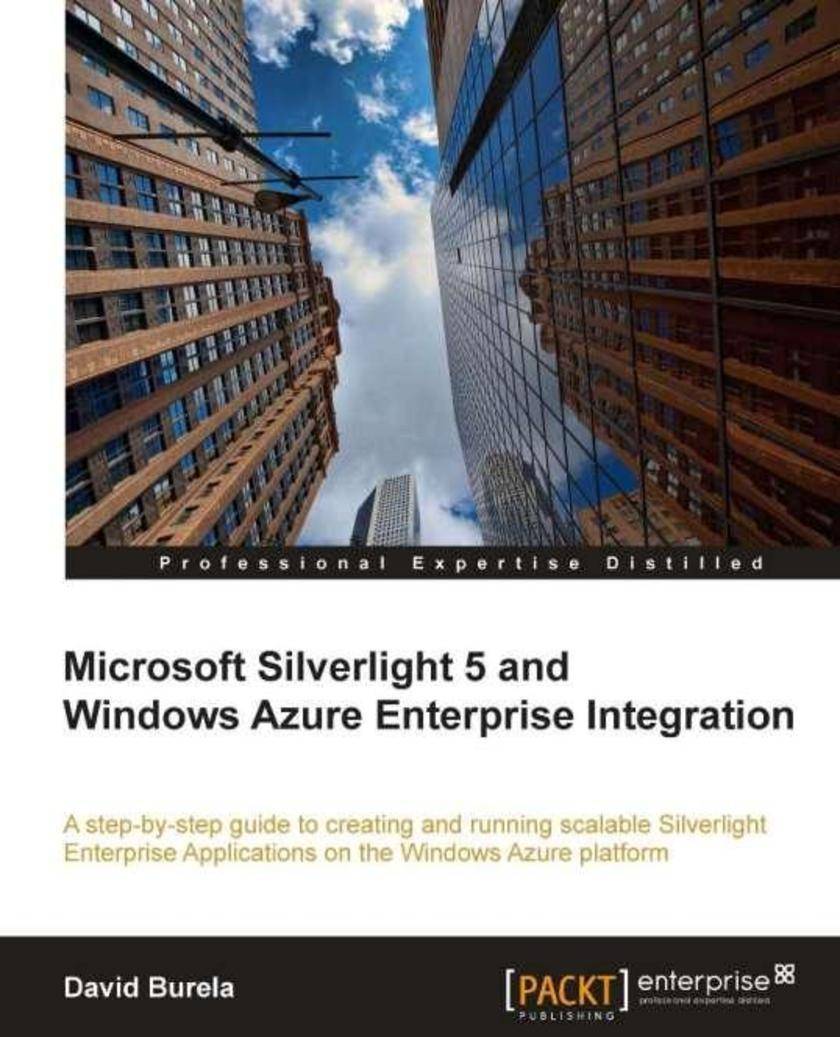
Microsoft Silverlight 5 and Windows Azure Enterprise Integration
¥107.90
This book is a step-by-step tutorial that shows you how to obtain the necessary toolset to create and run Silverlight Enterprise Applications on Azure. The book also covers techniques, practical tips, hints, and tricks for Silverlight interactions with Azure. Each topic is written in an easy-to-read style, with a detailed explanation given and then practical step-by-step exercises with a strong emphasis on real-world relevance. If you are an application developer who wants to build and run Silverlight Enterprise applications using Azure storage, WCF Services, and ASP providers, then this book is for you. You should have a working knowledge of Silverlight and Expression Blend. However, knowledge of Azure is not required since the book covers how to integrate the two technologies in detail.
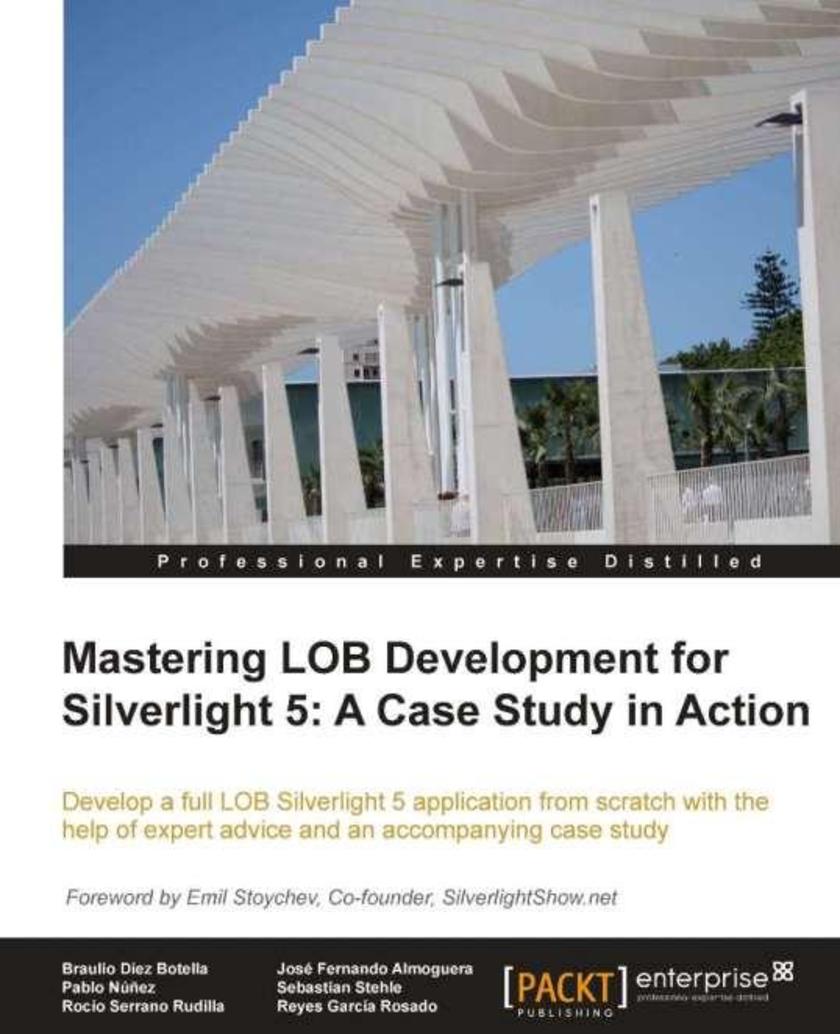
Mastering LOB Development for Silverlight 5: A Case Study in Action
¥107.90
This highly practical, expert level tutorial teaches you to build a Line of Business application with the aid of a case study which gradually builds throughout the book. It also includes a jumpstart chapter for developers coming from other technologies. If you already have a firm grasp of Silverlight development and are keen to advance your specialist knowledge of Line of Business (LOB) application development, then Expert Line of Business Application Development for Silverlight 5: Quick Start Guide is for you. If you are a developer with experience of other technologies, you may also find this book useful.
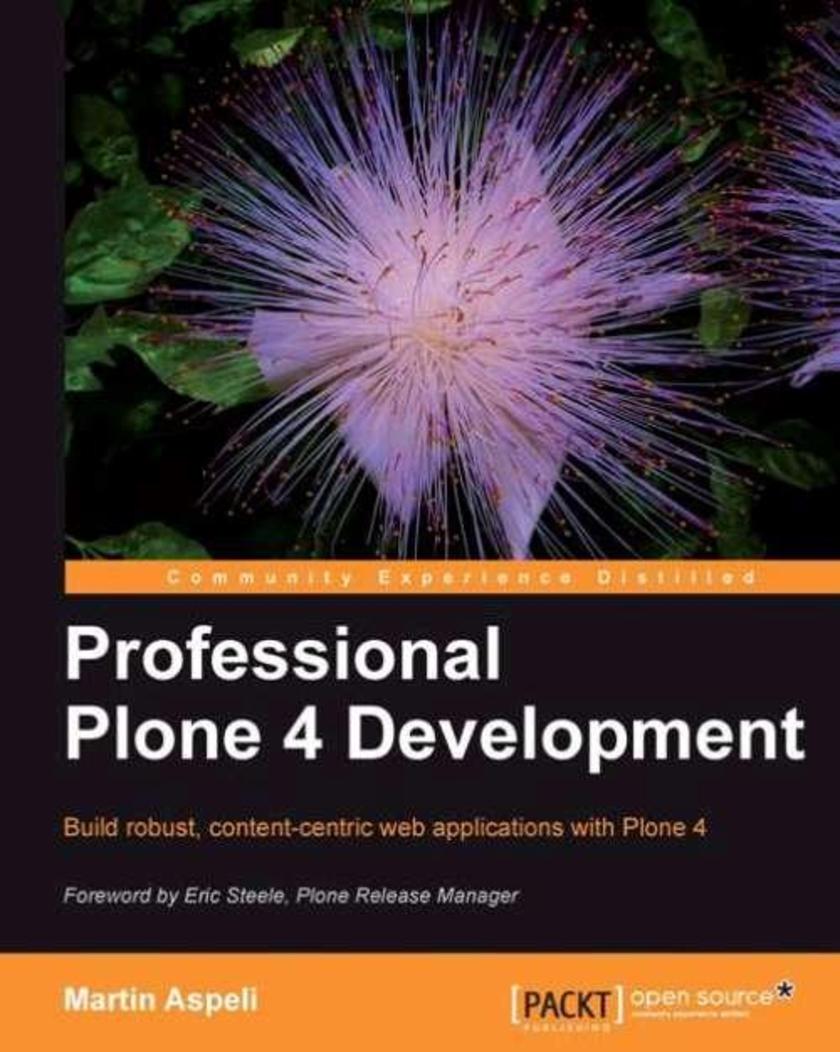
Professional Plone 4 Development
¥107.90
Professional Plone 4 Development is written in a clear conversational easy-to-understand style. This book cuts short the preamble and gets straight to the point - building robust, content-rich web applications with Plone 4. Detailed real world examples are provided for each chapter. This book assumes that the reader is familiar with Plone from the point of view of an administrator or power user, has a basic understanding of web application development, and is comfortable with the Python programming language.
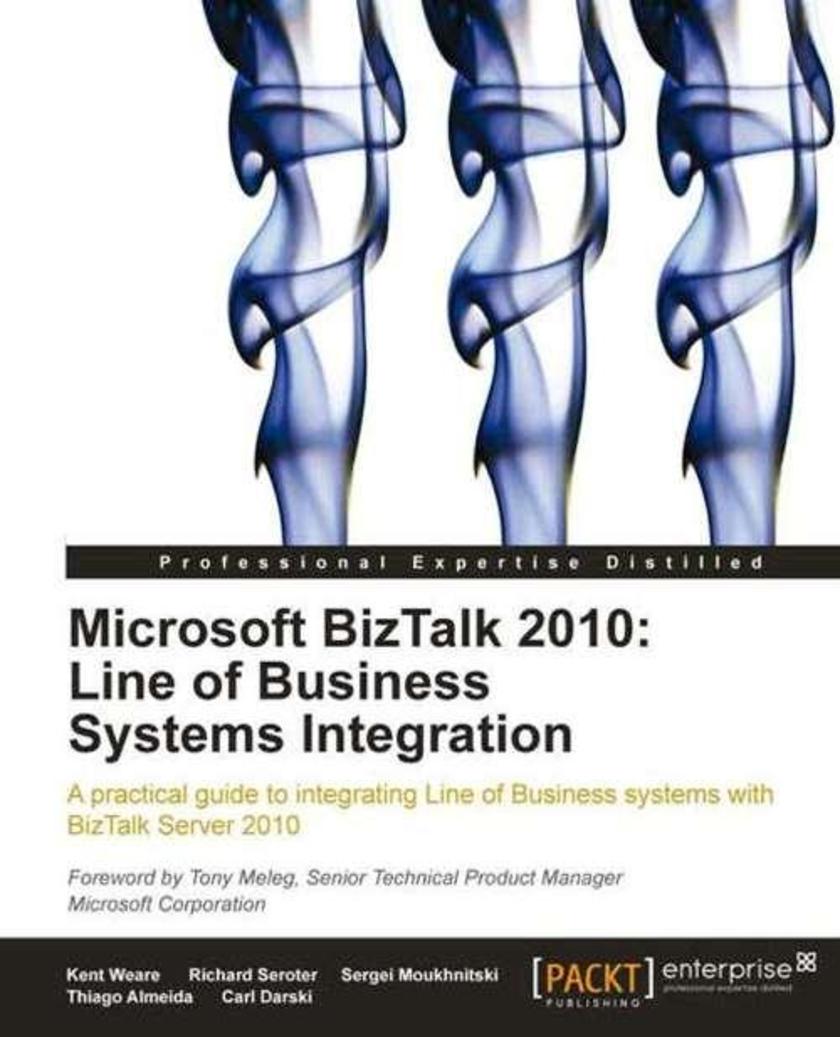
Microsoft BizTalk 2010: Line of Business Systems Integration
¥107.90
This book focuses on Microsoft BizTalk 2010; however, most of the concepts and explanations will apply to BizTalk 2006 R2 and BizTalk 2009. If you are an experienced BizTalk developer who wants to integrate BizTalk with Line of Business systems using practical scenarios, then this book is for you. A solid understanding of BizTalk at an intermediate level is required. This book assumes developers are comfortable creating schemas, maps, orchestrations, ports and messages in Visual Studio and configuring applications in the BizTalk Administration Console. However, experience in integrating with Line of Business systems is not necessarily required.
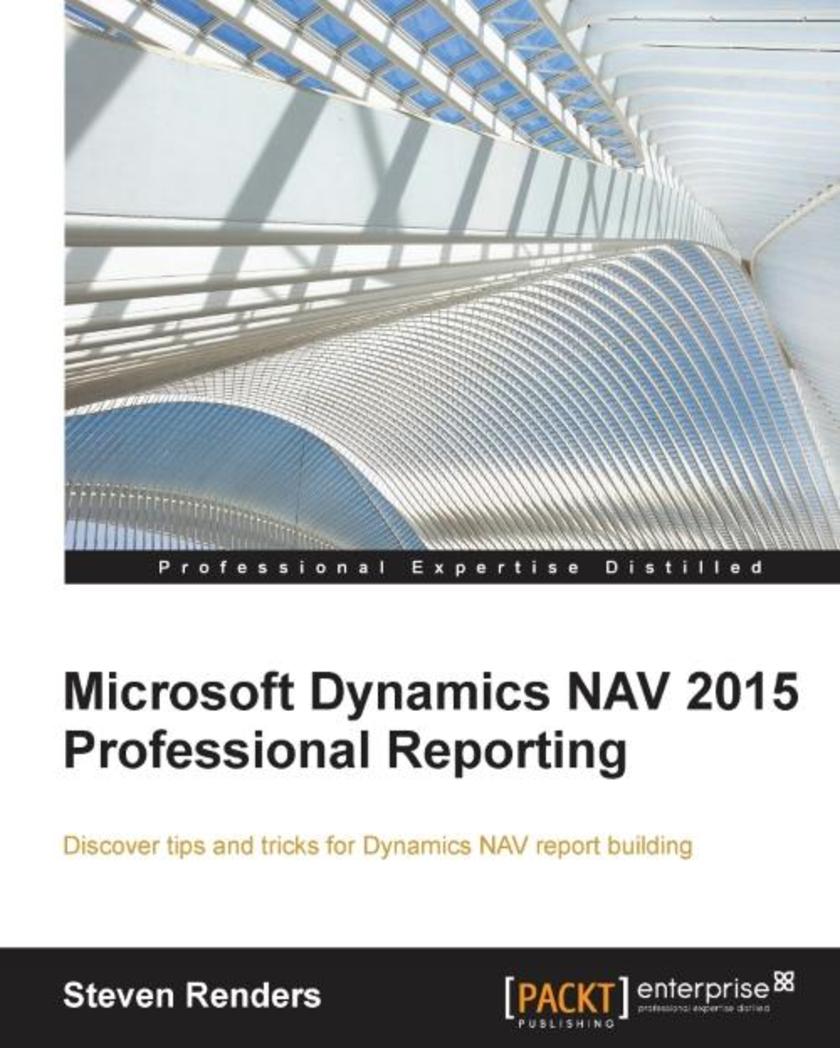
Microsoft Dynamics NAV 2015 Professional Reporting
¥107.90
Discover tips and trick for Dynamics NAV report building About This Book Create and customize reports in Dynamics NAV 2015 using RDLC, Word, Power BI, and Reporting Services Work with different elements in the toolbox such as tablix, which can be used as a List, Table, or Matrix and understand the differences between them and when to use which This book is a pragmatic guide with clear instructions and real-world examples to teach you about the reporting capabilities of Dynamics NAV 2015 Who This Book Is For If you are a consultant, developer, customer, user, or just interested in the reporting capabilities of Dynamics NAV, then this book is for you. Basic knowledge of Dynamics NAV will be helpful. What You Will Learn Understand why reports are designed in a specific way and then apply this knowledge to your advantage Develop document reports using different techniques Apply filtering and sorting, and create groups Use RDLC to visualize information Visualize information, KPIs, and trends using expressions, Gauges, Charts, Data bars, Indicators, and Spark lines Create and optimize your dataset for RDLC and for Word layouts Use Power BI with Dynamics NAV to bring your data to life Build Reporting Services reports on top of Dynamics NAV In Detail Microsoft Dynamics NAV is a multi-lingual, multi-currency business management solution that organizations use to manage their accounts, supply chain, sales, payroll, and HR. It is an ERP tool for organizations that is fast to implement, easy to configure, and simple to use. It is widely used because simplicity is a part of its development, product design, usability, and implementation. This book will help you to master, analyze, and deliver the most challenging reporting requirements in Dynamics NAV 2015. The book starts by explaining report development and it's different phases such as data model, layout, and testing you go through. It introduces you to RDLC and the different controls in the toolbox, such as the Tablix, in its many forms. You will learn to use expressions to make your layout dynamic and to overcome typical problems. Moving on, the book will teach you to visualize data and be able to understand and read a report as it is intended. You will also learn to use Microsoft Word to create a layout for a report. With Power BI and Power Pivot, Power View, and Power Map, you will learn how easy and powerful it is to bring your data to life, so you can spot trends and perform in depth analysis of your business. Reporting Services is also explained as another way that you can apply the knowledge you have about RDLC to build RDL layouts outside of Dynamics NAV. By the end, you will create different types of charts so you can visualize key performance indicators inside the Dynamics NAV application. Style and approach This book is an essential guide in to understanding what is involved in creating reports in Dynamics NAV and its reporting capabilities.

Mastering QlikView
¥107.90
If you are a business application developer or a system analyst who has learned QlikView and Qlik Sense and now want to take your learning to a higher level, then this book is for you. It is assumed that you are aware of the fundamentals of QlikView and have working knowledge of development and in-memory analytics.
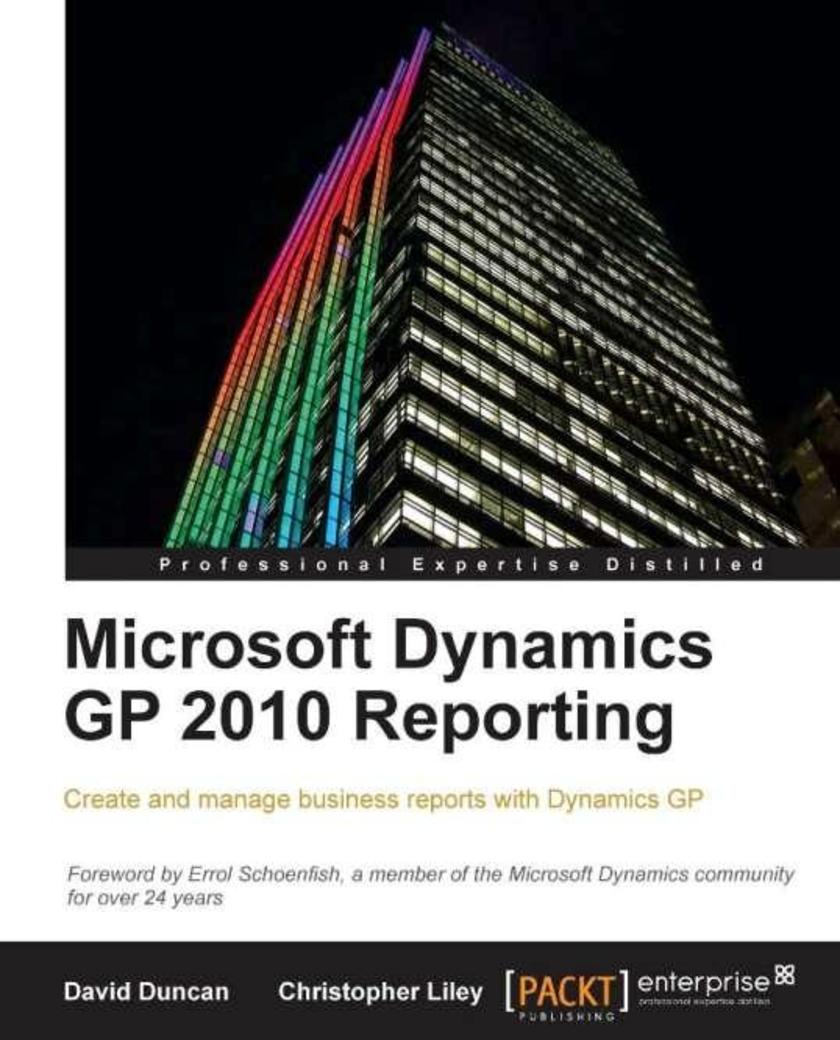
Microsoft Dynamics GP 2010 Reporting
¥107.90
Part tutorial, part reference guide, this book will show you how to create and manage reports as well as identify the most appropriate reporting tool for any reporting challenge. In addition, you will learn universal topics such as how to locate data for any given report. Although some of the reporting tools addressed in this book are exclusive to Dynamics GP 2010, many of the topics discussed also apply to older versions of GP. If you are a Microsoft Dynamics GP developer, consultant, or power user who wants to create and manage reports, then this book is for you. A working knowledge of Microsoft Dynamics GP is required. A basic understanding of business management systems and reporting applications such as Microsoft Excel and SQL Reporting Services is highly recommended.
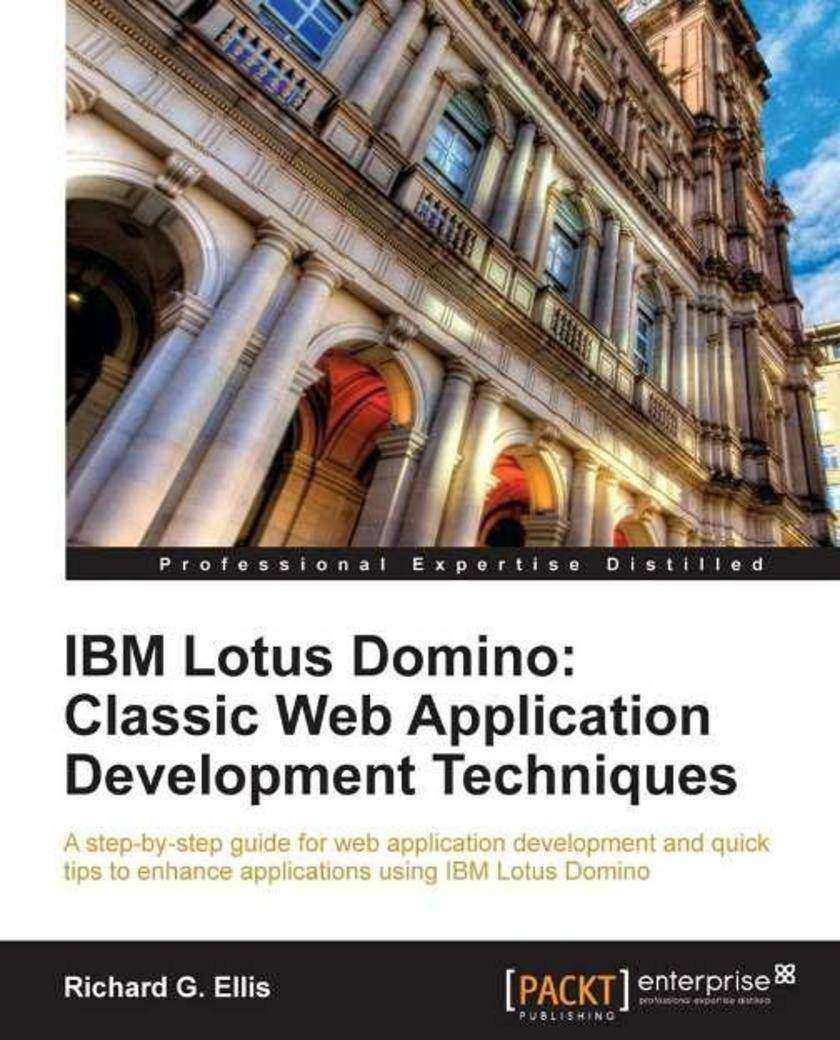
IBM Lotus Domino: Classic Web Application Development Techniques
¥107.90
Chapters present principles and techniques in an order that roughly mirrors the application development process itself, from gathering requirements through final testing. The focus is on understanding and enhancing applications using classic techniques, in circumstances where it is impractical to rewrite applications using XPages. Each chapter focuses upon a particular aspect of Domino Web applications and provides guidance, recommendations, illustrations, and sample code. This book is for novice to moderately experienced Domino developers who are new to the task of Web-enabling traditional Domino applications. Readers should be familiar with using Domino Designer to develop applications for the Lotus Notes client. It is also assumed that readers have, or can acquire, at least rudimentary knowledge of HTML, CSS, and JavaScript.
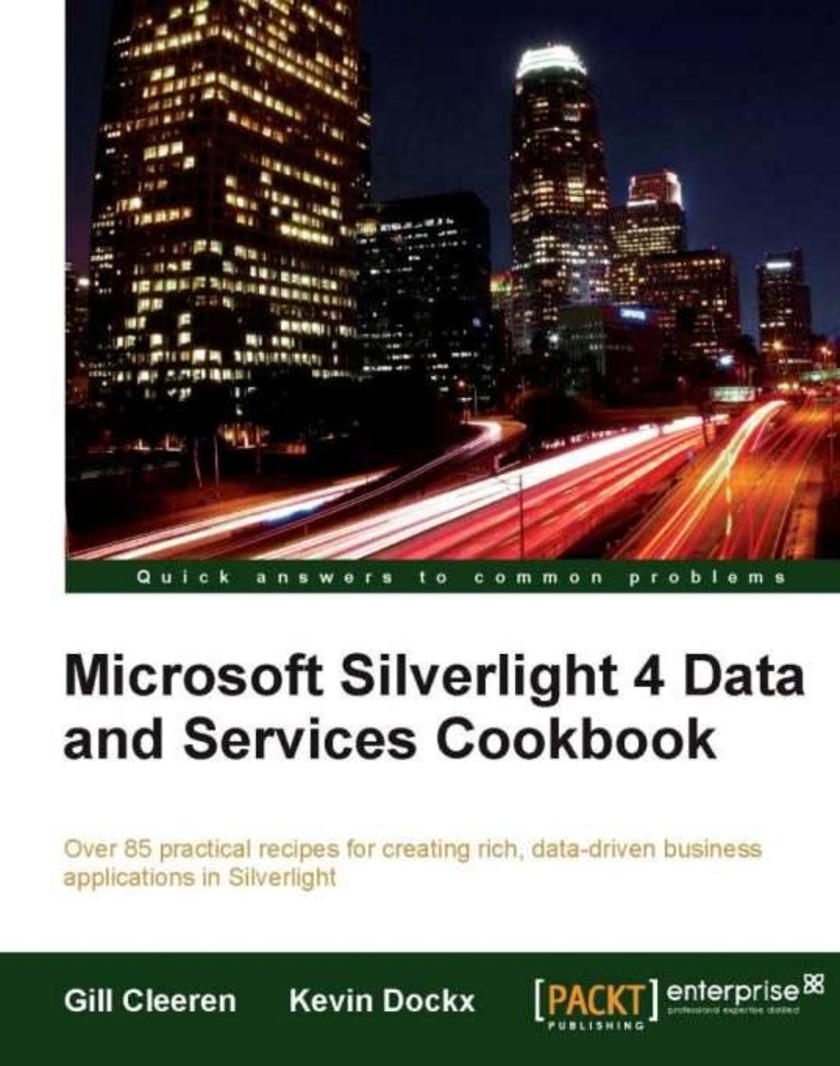
Microsoft Silverlight 4 Data and Services Cookbook
¥107.90
Written in a cookbook style, this book offers learning and techniques through recipes. It contains step-by-step instructions for developers who want to build rich data-driven business applications using Silverlight. The book is designed in such a way that you can refer to things chapter by chapter, or read them in no particular order. If you are a .NET developer who wants to build professional data-driven applications with Sliverlight, then this book is for you. Basic experience of programming Silverlight and familiarity with accessing data using ADO.NET in normal .NET applications is required.

Microsoft Office 365 – Exchange Online Implementation and Migration - Second Edi
¥107.90
Plan and execute a successful Office 365 Exchange Online migration with ease About This Book This book gives you the most up-to-date and accurate information available today on online migration with Microsoft Office 365 Discover the very best migration path for your small or enterprise network and avoid costly mistakes Learn from seasoned professionals who migrate small businesses to multinational companies from around the world on a daily basis Who This Book Is For If you are an appointed IT person or an IT administrator who is part of a large internal team in your organization, then this book is for you. If you are a small business owner, manager, or consultant, this book will also help you. Knowledge of Office 365 is not required. However, experience with Exchange Server and mail clients, and role and delegation concepts is required. What You Will Learn Sign up for an Office 365 account and configure your e-mail domains Migrate mailboxes from Exchange server, Google, and any other POP3 or IMAP based system in to Office 365 Configure a hybrid configuration by using Azure AD Connect to synchronize your on-premises Active Directory with Office 365 Deploy Active Directory Federation Services (AD FS) to enable Single sign on and streamline the login process for your users Set up a hybrid Exchange configuration and host mailboxes locally or in the cloud and move mailboxes between the two with ease Configure a public folder hybrid and share existing on-premises public folders with users hosted in Exchange online Setup a hybrid Skype for Business (SFB) configuration and move users into SFB online Configure a SharePoint configuration, allowing users to create and search content hosted on an existing SharePoint server as well as in SharePoint online In Detail Organizations are migrating to the cloud to save money, become more efficient, and empower their users with the latest technology. Office 365 delivers all of this in a reliable, fast, and ever-expanding way, keeping you ahead of the competition. As the IT administrator of your network, you need to make the transition as painless as possible for your users. Learn everything you need to know and exactly what to do to ensure your Office 365 Exchange online migration is a success! This guide gives you everything you need to develop a successful migration plan to move from Exchange, Google, POP3, and IMAP systems to Office 365 with ease. We start by providing an overview of the Office 365 plans available and how to make a decision on what plan fits your organization. We then dive into topics such as the Office 365 Admin Portal, integration options for professionals and small businesses, integration options for enterprises, preparing for a simple migration, performing a simple migration, and preparing for a hybrid deployment. Later in the book, we look at migration options for Skype for Business and SharePoint to further help you leverage the latest collaborative working technologies within your organization. Style and approach This is a detailed yet easy to follow step-by-step guide to planning and executing a successful migration to Office 365.
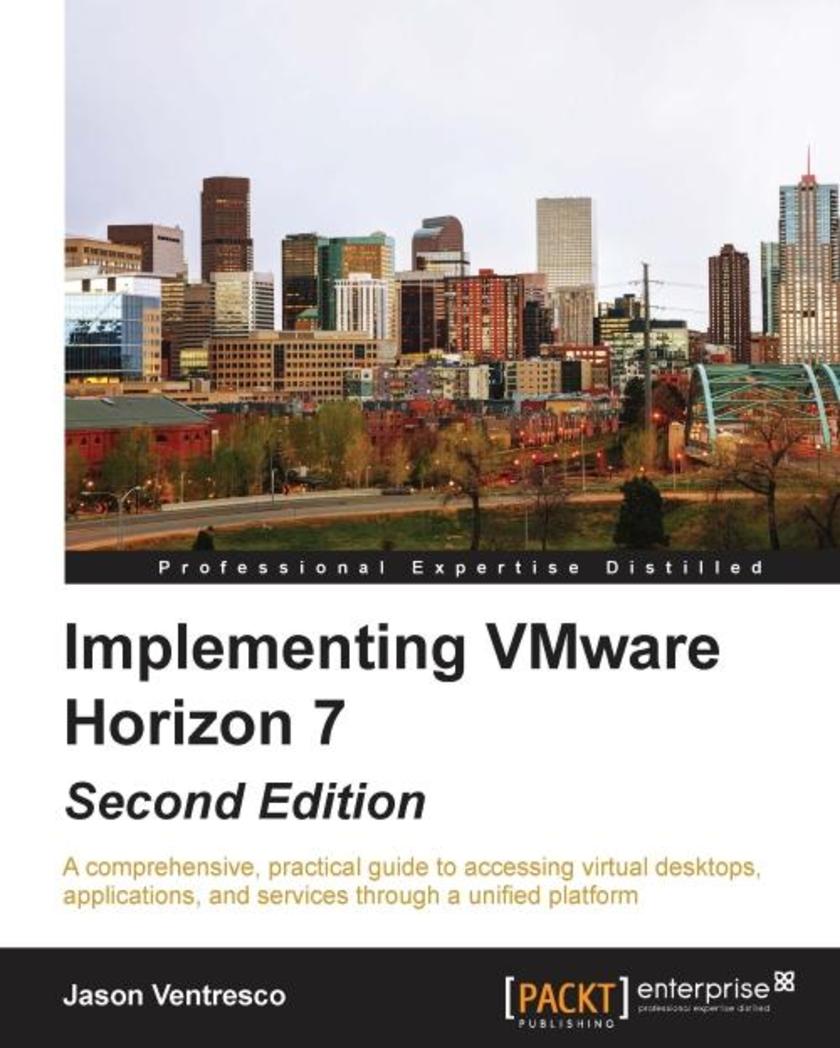
Implementing VMware Horizon 7 - Second Edition
¥107.90
A comprehensive, practical guide to accessing virtual desktops, applications, and services through a unified platform About This Book This is the first book on the market that delivers desktops and applications through a single Virtual Desktop Infrastructure platform Reduce enterprise costs by dynamically allocating resources with virtual storage, compute and networking This comprehensive guide provides simplified operations, improved security, and accelerated time-to-value using VMware Horizon 7 Who This Book Is For If you are a newcomer to system administration, and you wish to implement the Horizon environment, then this book is for you. Prior knowledge of Horizon is beneficial. What You Will Learn Walk through the configuration of VMware Horizon, including the new Horizon Access Point appliance Implement a multi-site VMware Horizon pod using the Cloud Pod Architecture feature Understand the integration between VMware Horizon and VSAN, and see how they are deployed together Explore how to implement and maintain Microsoft RDS and Linux and Windows Desktop Pools Create and optimize desktop master images. Understand how to manage the SSL certificates for each of the VMware Horizon components. In Detail VMware Horizon 7 has been a buzz since it was announced. One of the major reasons is the introduction of the new Instant Clones feature. This book will complement the product documentation by providing real-life examples of how it is implemented along with the latest features and components of the platform. We'll explore the latest features of the platform, including those added through product acquisitions such as User Environment Manager and App Volumes. Further on, you will also be introduced to the new capabilities added to the core product such Linked-Clone RDS pools. Upon completion of this book, you will have an understanding of the capabilities and benefits VMware Horizon can provide to your organization, and how each of its components are implemented. Style and approach This comprehensive guide focuses on the practicality of VMware Horizon and how you can implement it in your organization.

Zabbix Network Monitoring - Second Edition
¥107.90
Gather detailed statistics and data while monitoring the performance and availability of network devices and applications using the all-new Zabbix 3.0 About This Book Monitor your network and deploy impressive business solutions with Zabbix 3.0 Manage hosts and system maintenance to keep your network performing for the people who use it A step-by-step guide to smarter network monitoring Who This Book Is For If you're new to Zabbix look no further than this book. It will show you how to put your sysadmin knowledge to work with Zabbix 3.0 so you can experience the full impact of this useful and increasingly popular tool. What You Will Learn Get to grips with the fundamentals of Zabbix Find out how Zabbix's features let you monitor your network with confidence and precision Learn how to monitor SNMP devices Manage hosts, users, and permissions while acting upon monitored conditions Visualize data with the help of ad-hoc graphs, custom graphs, maps, and reports Simplify complex configurations and learn to automate them Monitor everything from web pages to IPMI devices and Java applications to and VMware stats Troubleshoot any network issue - fast In Detail This book is a perfect starting point for monitoring with Zabbix. Even if you have never used a monitoring solution before, this book will get you up and running quickly, before guiding you into more sophisticated operations with ease. You'll soon feel in complete control of your network, ready to meet any challenges you might face. Beginning with installation, you'll learn the basics of data collection before diving deeper to get to grips with native Zabbix agents and SNMP devices. You will also explore Zabbix's integrated functionality for monitoring Java application servers and VMware. Beyond this, Zabbix Network Monitoring also covers notifications, permission management, system maintenance, and troubleshooting - so you can be confident that every potential challenge and task is under your control. If you're working with larger environments, you'll also be able to find out more about distributed data collection using Zabbix proxies. Once you're confident and ready to put these concepts into practice, you'll find out how to optimize and improve performance. Troubleshooting network issues is vital for anyone working with Zabbix, so the book is also on hand to help you work through any technical snags and glitches you might face. Network monitoring doesn't have to be a chore - learn the tricks of the Zabbix trade and make sure you're network is performing for everyone who depends upon it. Style and approach This book is a detailed and practical guide that starts from the fundamentals of Zabbix and takes you all the way to building a network monitoring solution that is capable of gathering data from range of different systems. With tips on low-level details that will boost any Zabbix users confidence and fluency, it's an unmissable resource for anyone interested in what's possible with Zabbix.
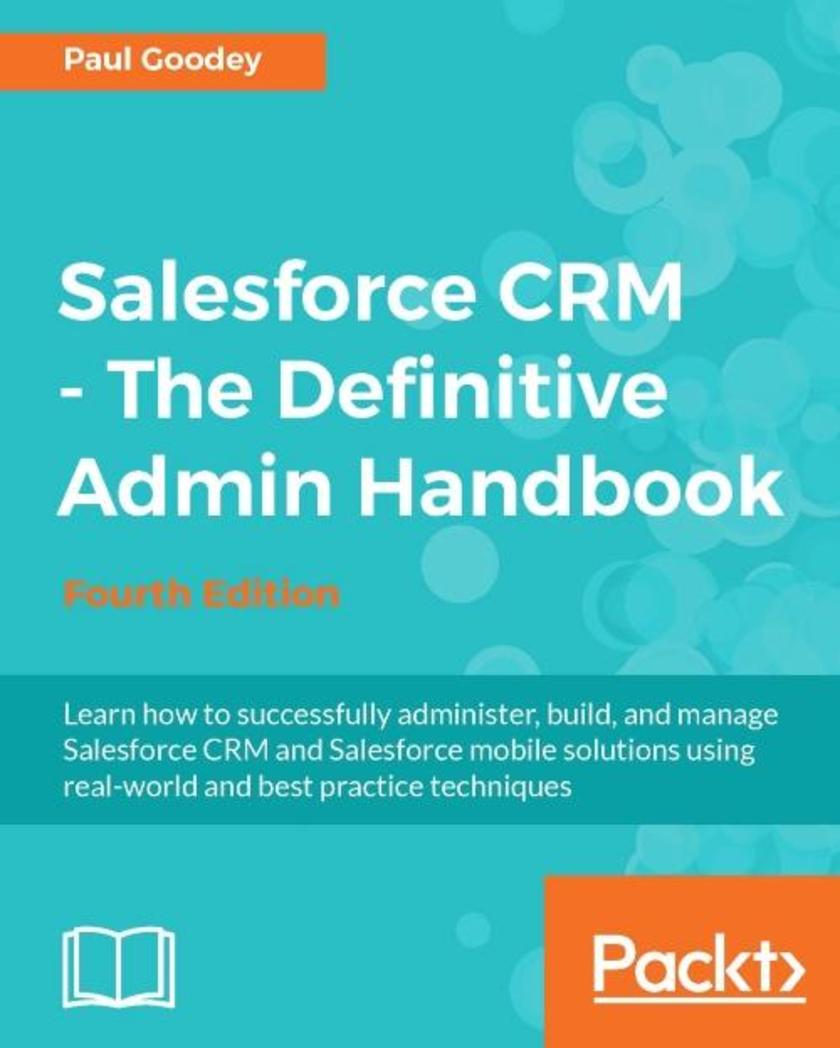
Salesforce CRM - The Definitive Admin Handbook - Fourth Edition
¥107.90
Learn how to successfully administer, build, and manage Salesforce CRM and Salesforce mobile solutions using real-world and best practice techniques About This Book See the latest best practice Salesforce administration principles, gain real-world advice, and understand critical design considerations to set up and customize Salesforce CRM This is a pragmatic guide to the key functions of customizing and setting up the application for enterprise security, user and data management, process automation, analytics, and mobile features Step-by-step navigation and de*ions of the features of Salesforce CRM platform and clear guidance on the customization and administration of the application Identify what is covered to create your own improved study guide for the certified administrator examination Who This Book Is For This book is for administrators who want to develop and strengthen their Salesforce CRM skills in the areas of configuration and system management. Whether you are a new administrator or a more experienced professional, this book will enhance your knowledge and understanding of the features of Salesforce CRM. What You Will Learn Manage and administer user records and password policies Configure and control the various organization-wide user interface features in Salesforce CRM Set up and maintain users, profiles, and permission sets and administer appropriate security and login access mechanisms Apply organization security Understand the capabilities of the Salesforce CRM sharing model Create, delete, and customize fields, page layout, and list views for custom and standard objects Find out how Apex and Visualforce coding can be used in Salesforce CRM Implement the mechanisms for data management Discover the tools to import, update, transfer, and mass delete data In Detail Salesforce CRM’s Winter ’17 release offers a host of new features for CRM designed to transform your sales and marketing requirements. With this comprehensive guide to implementing Salesforce CRM, administrators of all levels can easily acquire deep knowledge of the platform. The book begins by guiding you through setting up users and the security settings and then progresses to configuration, data management, and data analytics. We swiftly move on to the setting up of organization wide features that affect the look and feel of the application. Process automation and approval mechanisms are covered next, along with the functional areas of Sales Cloud, Service Cloud, Marketing Cloud, and Salesforce Chatter. This book details Salesforce CRM system administration in a practical way and is an invaluable reference for both new administrators and experienced professionals. At the end of the book, techniques to further enhance the system and improve the return on investment Salesforce mobile apps and mobile administration are covered, along with Salesforce Adoption Manager. Every chapter is complete with a section containing example questions of the type that you might encounter in the certification examination. Style and approach This book takes a straightforward, no-nonsense approach to working with the Salesforce CRM platform. Filled with examples and use cases, the book presents the facts along with seasoned advice and real-world examples to ensure you have all the resources you need to become a more informed Salesforce Administrator.
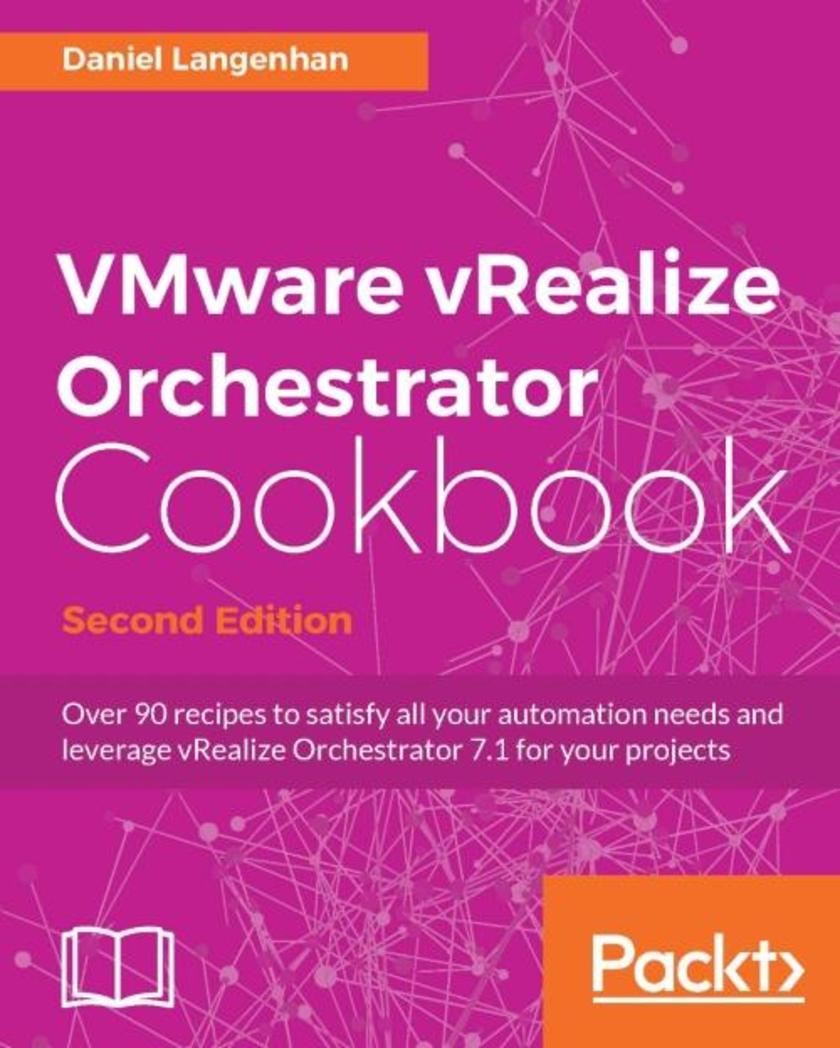
VMware vRealize Orchestrator Cookbook - Second Edition
¥107.90
Over 90 recipes to satisfy all your automation needs and leverage vRealize Orchestrator 7.1 for your projects About This Book Unleash the power of VMware vRealize Orchestrator 7 and automate your VMware infrastructure Customize and tune your orchestrator by programming and working with plugins Work through enticing recipes that can be implemented in your organization Explore the new and upcoming plugins of Puppet, Docker, Chef, and VMware Replication for VMware vRealize Orchestrator Who This Book Is For This book is for system administrators who are into VMware administration and are looking to automate their infrastructure. Basic knowledge about programming is needed. No previous knowledge of Orchestrator is required. This book will also be good for you if you have just a basic knowledge with vRealize Orchestrator, as you can pick up any recipe and implement it for your enterprise. What You Will Learn Install, configure, and optimize Orchestrator installations (Windows, Appliance, and vRA integrated) Explore all the visual programming elements without needing additional infrastructure Work with plugins such as SSH, mail, SQL, PowerShell, AD, SOAP, SNMP, AMQP, and REST Discover how to create VMware automation Get to know about user management, import/export, and synchronization as well as the packaging application Understand policies, resources, and web views Troubleshoot vRO Appliance In Detail VMware vRealize Orchestrator is a powerful automation tool designed for system administrators and IT operations staff who are planning to streamline their tasks and are waiting to integrate the functions with third-party operations software. This book is an update to VMware vRealize Orchestrator Cookbook and is blend of numerous recipes on vRealize Orchestrator 7. This book starts with installing and configuring vRealize Orchestrator. We will demonstrate how to upgrade from previous versions to vRealize Orchestrator 7. You will be taught all about orchestrator plugins and how to use and develop various plugins that have been enhanced in Orchestrator 7. Throughout this book, you will explore the new features of Orchestrator 7, such as the introduction of the control center, along with its uses. You will also come to understand visual programming, how to integrate base plugins into workflows, and how to automate VMware. You will also get to know how to troubleshoot vRealize Orchestrator. By the end of this book, you will be able to get the most out of your Orchestrator installation, and will be able to develop complex workflows and create your own highly integrated automations of vRealize environments. Style and approach This practical guide provides exciting and practical recipes on VMware vRealize Orchestrator 7 for those who are waiting to automate their infrastructure.




 购物车
购物车 个人中心
个人中心



